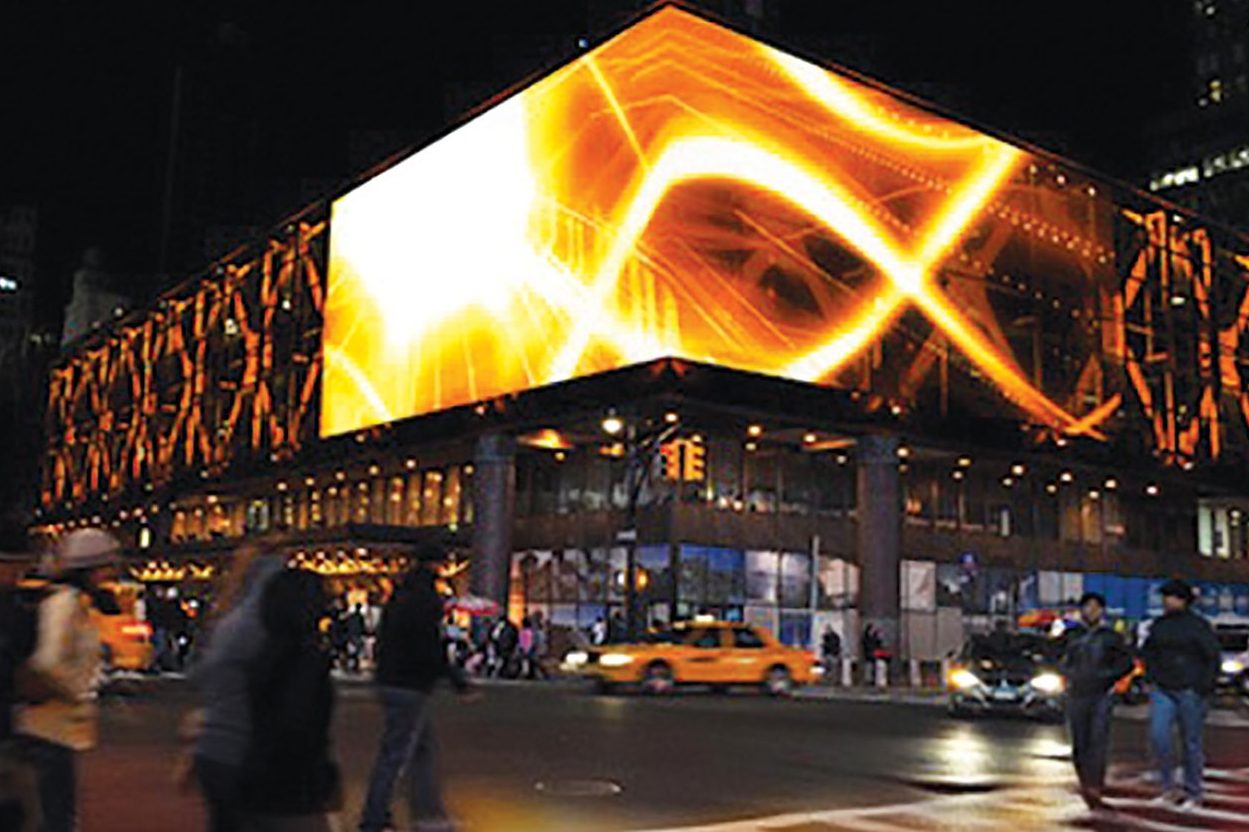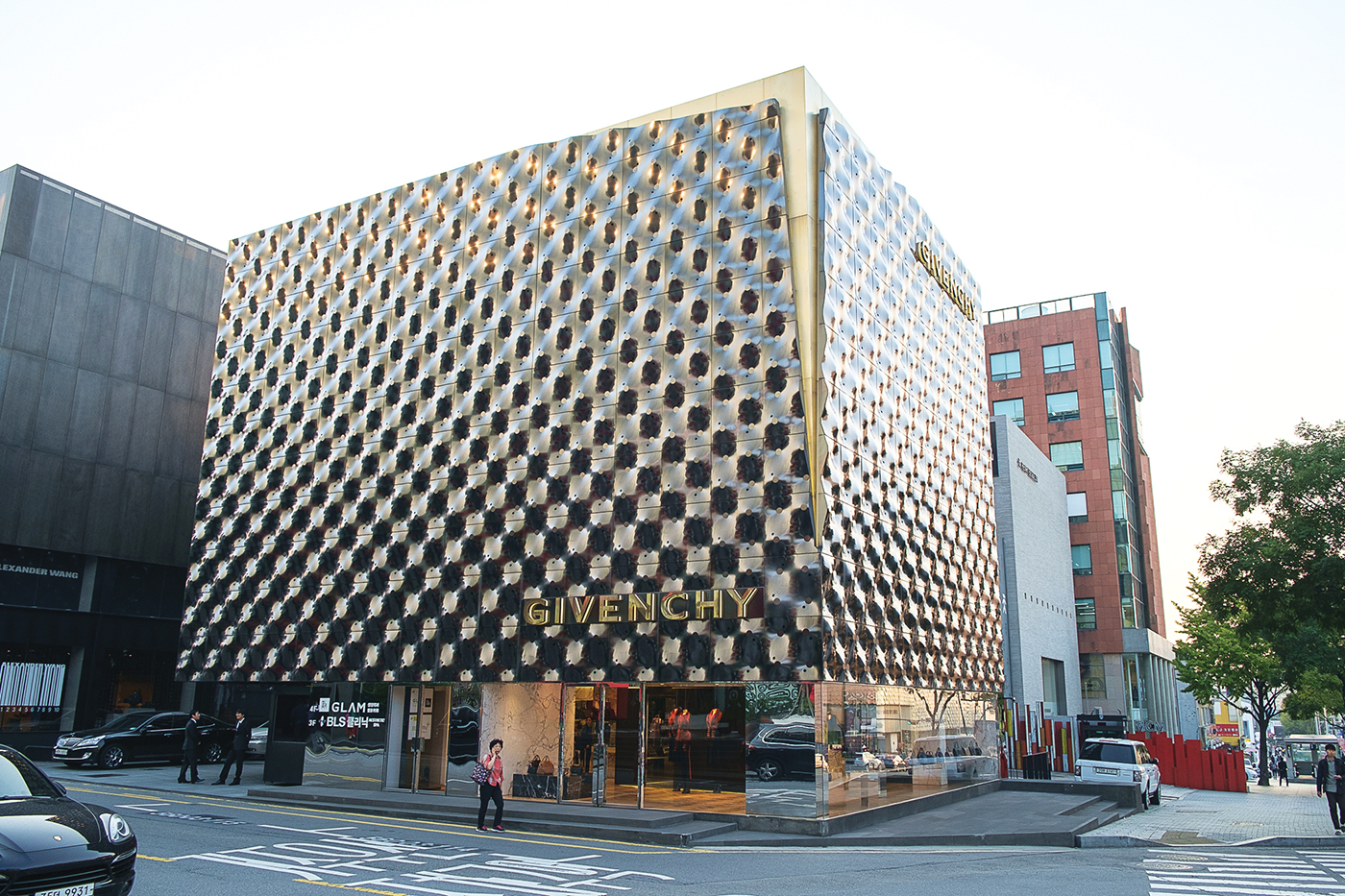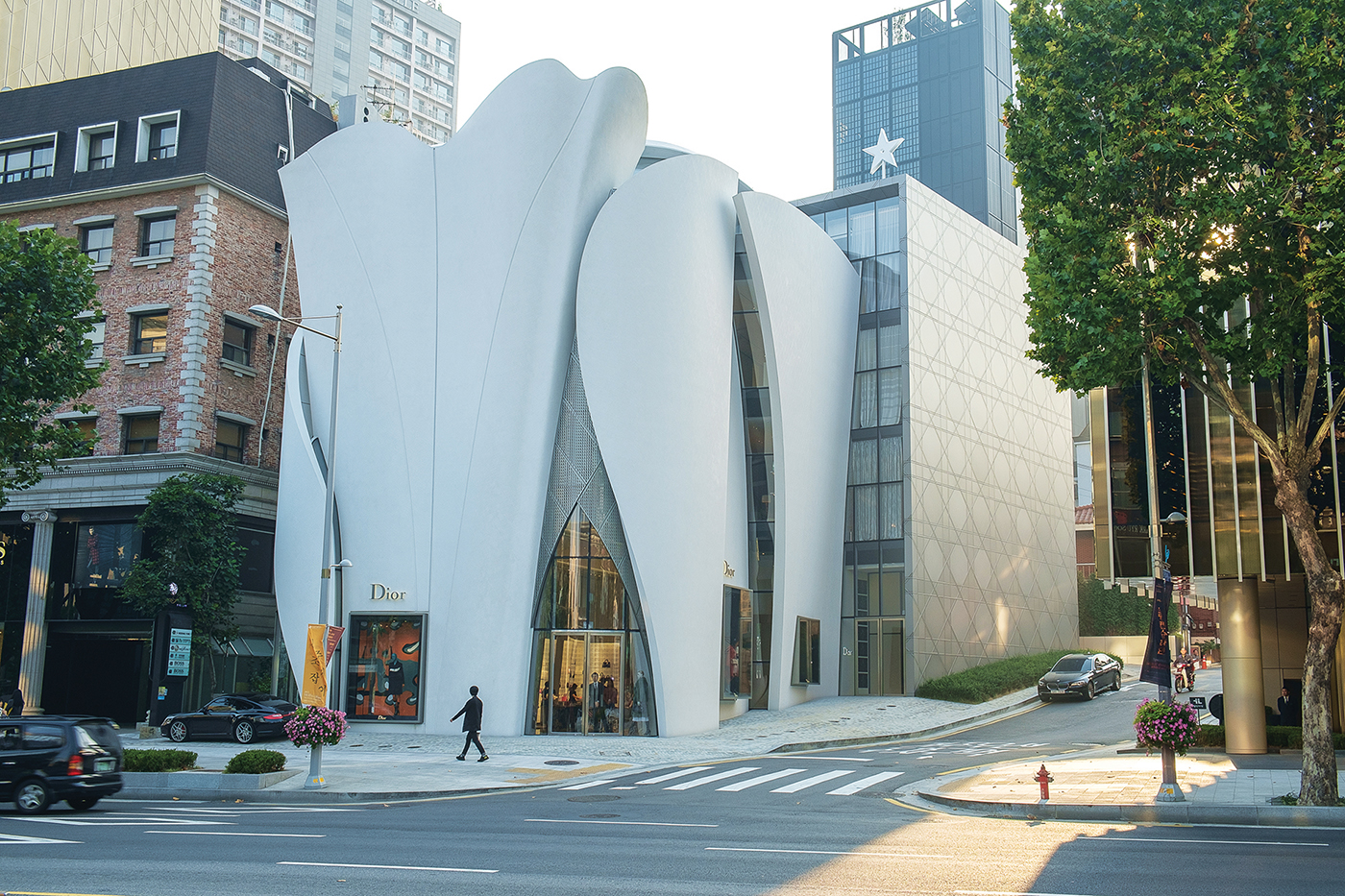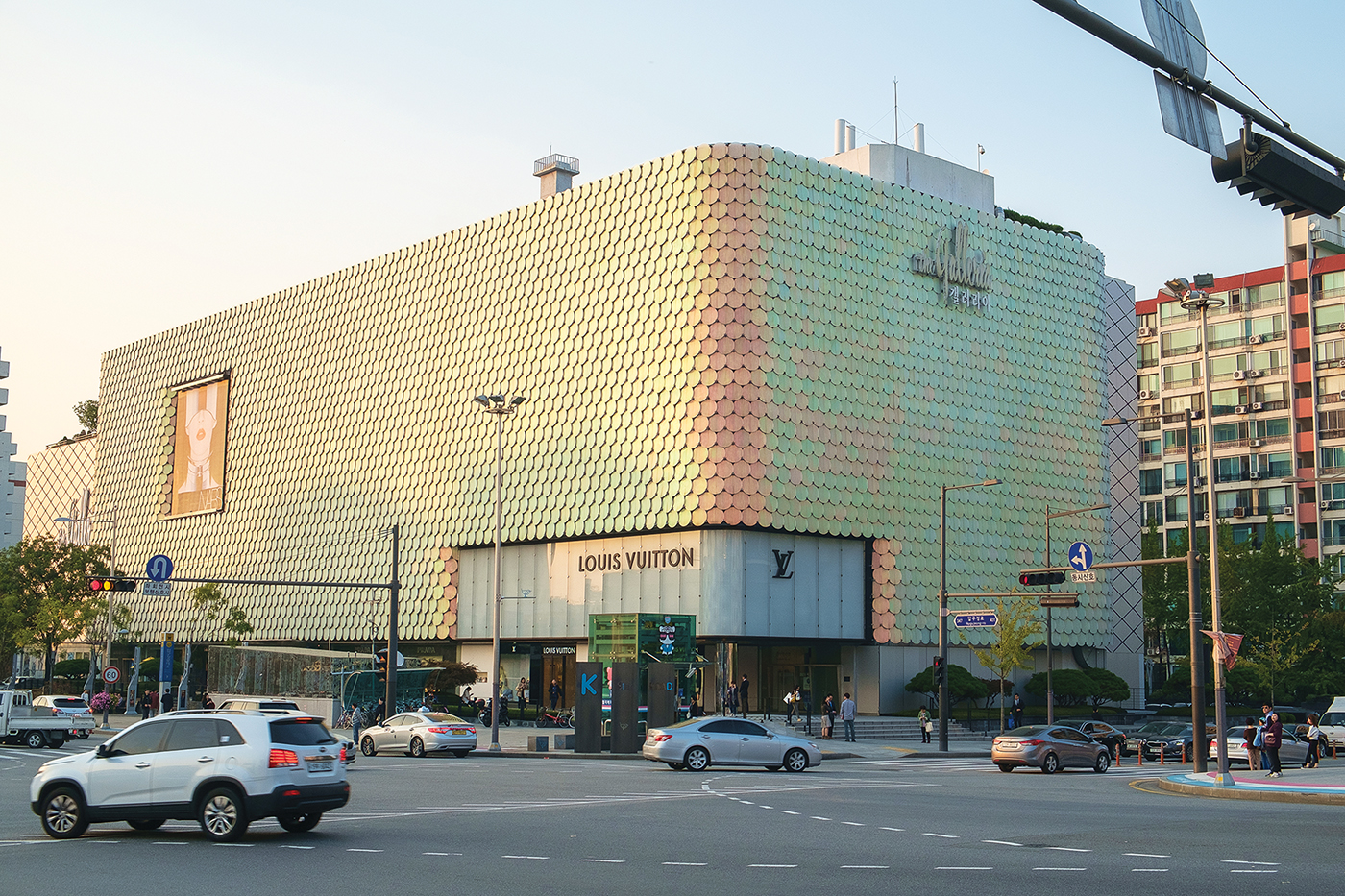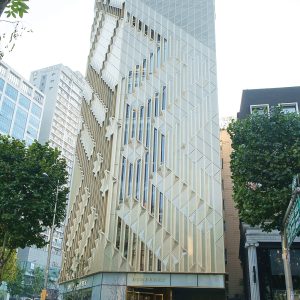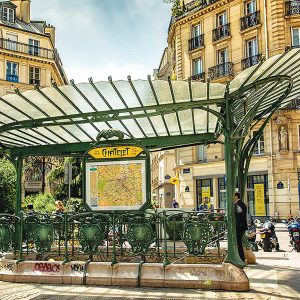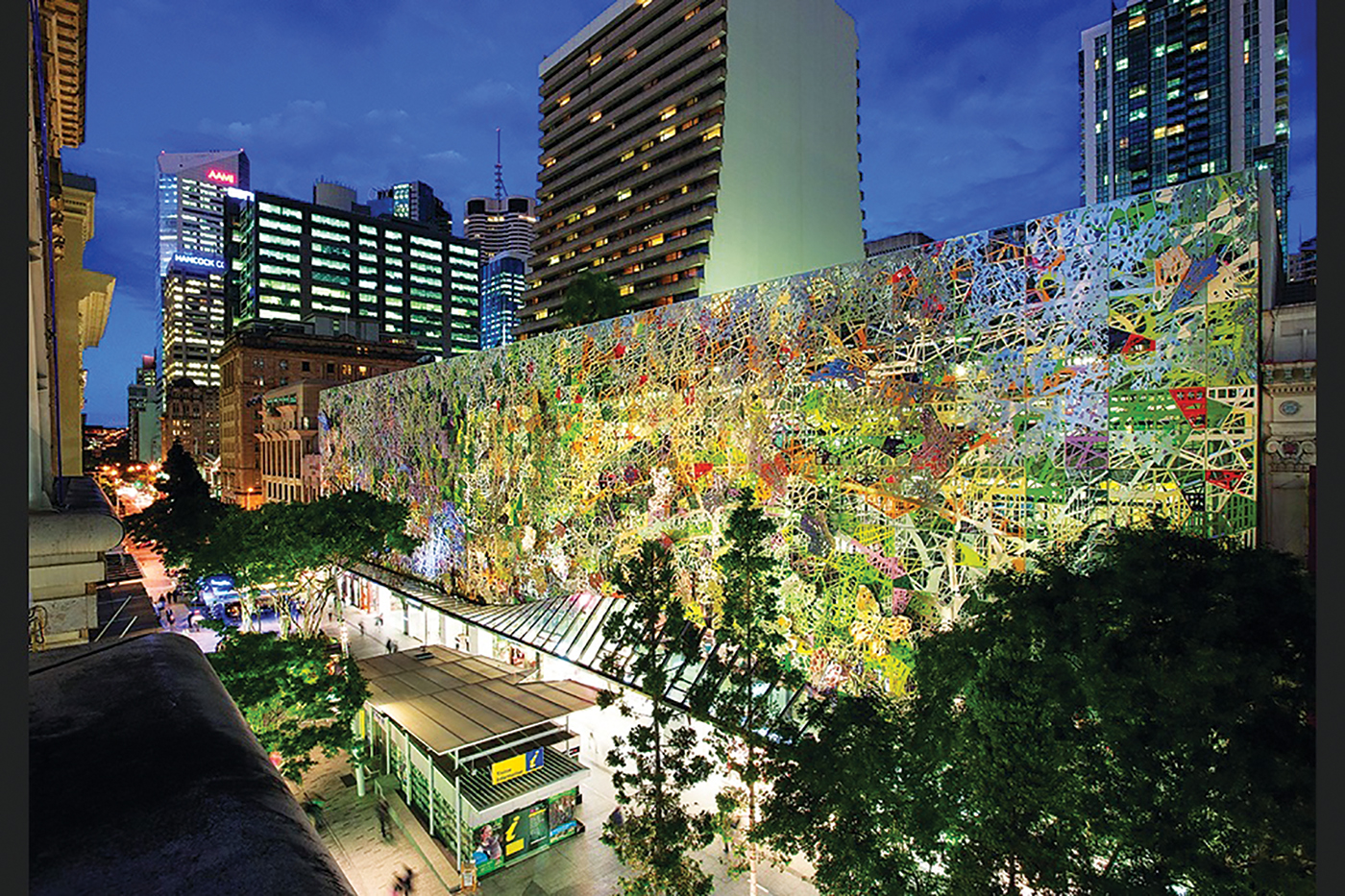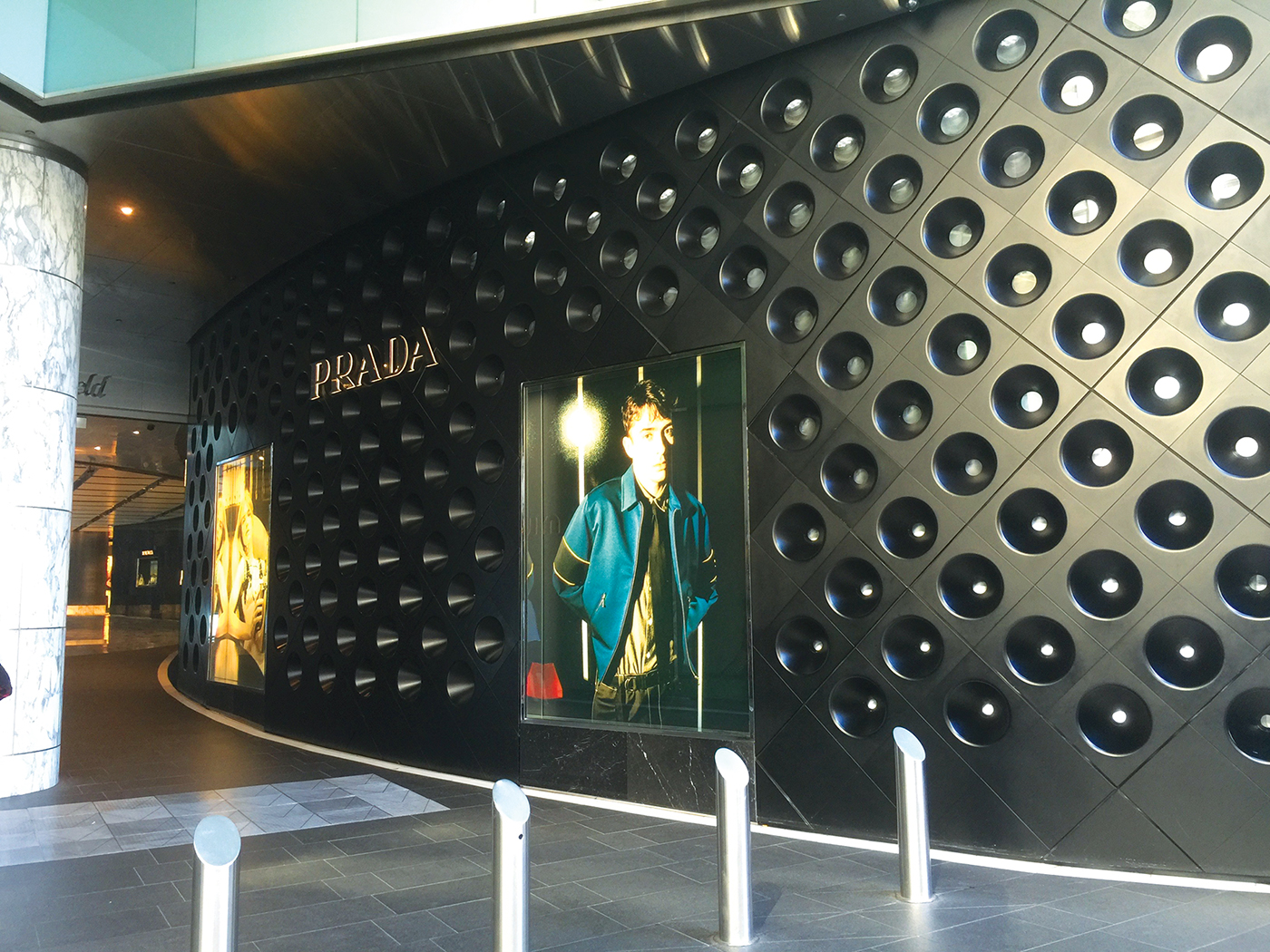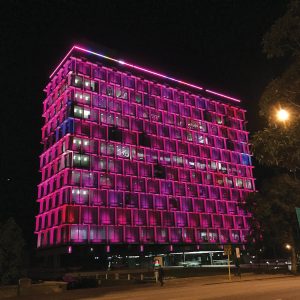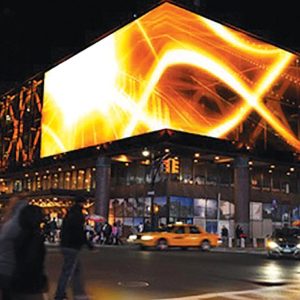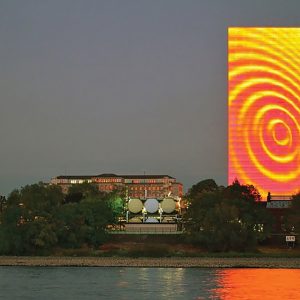‘Branding’ has been, is, and will be a hot topic, well into the future. One of the difficulties in defining branding is that it’s not just one thing; it’s many things to many people. Theories abound! In this article, Kevin Taylor gives us a ‘non-literal’ point of view.
Using style and emotion to enhance customer experience
The late UK brand guru Wally Olins once stated that, as the products and services from competing organisations become increasingly similar, the primary differentiation is brand. Think banking, the automotive industry, petrol stations or insurance. The notion gave cause for me to ponder: how does this principle translate in the world of the retailer or shopping centre design?
As a starting point, it is beneficial to define what a brand is. Certainly a brand is made up of a combination of tangible and intangible elements. The tangible things are easy to identify and typically include physical traits: things you can see, touch, hear, taste and smell. Certainly a shopping centre or a retail brand is very much based upon appealing to our senses. The intangible aspects are founded in how we feel when we come into connection with the brand. Things that appeal to our senses in turn impact our emotional state, needs and aspirations.
Engendering a positive emotional response from a customer is a primary objective in brand-building. In their book Marketing Communications, Rossiter and Bellman state emotional branding is successful when it triggers an emotional response in the consumer – that is, a desire for the brand (or product) that cannot fully be rationalised. Emotional brands have a significant impact when the consumer experiences a strong and lasting attachment to the brand comparable to a feeling of bonding, companionship or love. An emotional bond must be developed between the consumer and the product for a brand to be successful.
- Cheongdam Fashion Street, Gangnam South Korea
- Cheongdam Fashion Street, Gangnam South Korea
- Cheongdam Fashion Street, Gangnam South Korea
- Cheongdam Fashion Street, Gangnam South Korea
- Paris Metro
But how do we tie this theory back to the physical attributes of retail and shopping centre design and the broader goal of attaining brand and marketplace differentiation in the built environment? For me, a good place to start is to look back to the end of the 19th century, to the emergence of the Art Nouveau style that resulted from a search for a new aesthetic that was not based on historical or classical models.
Between 1900 and 1913 Hector Guimard designed the striking and now revered Paris Metro entrances. The sinuous, organic lines of Guimard’s design and the stylised, giant stalks drooping under the weight of what seem to be swollen tropical flowers, but are actually amber glass lamps, make Guimard’s work quintessentially Art Nouveau and were intended to visually enhance the experience of underground travel on the new subway system for Paris.
Paris was a little late to appreciate Guimard’s masterpieces. In the 1960s, many of the original entrances were destroyed. Interestingly while Parisians were at first hesitant in their response to Guimard’s use of an unfamiliar vocabulary, his Metro gates, installed throughout the city, effectively brought the Art Nouveau style, formerly associated with the luxury market, into the realm of popular culture.
Fast-forward to the present day and we can see major fashion brands evoking an emotional response through similar striking contemporary designs, not only featured throughout their showroom interiors but also externally on the high street.
Perhaps the best display of designed differentiation can be seen on Cheongdam Fashion Street, Gangnam, South Korea. Touted as the next Champs Elysees of Asia, Cheongdam currently boasts the world’s major luxury brands.
Cheongdam-dong was underdeveloped up till 10 years ago, during which time, galleries moved to this area. Apart from galleries and luxury shopping the area also has high-end restaurants, bars, clubs, cafes and beauty salons. It’s also known as an upscale residential area, especially for Korean celebrities such as actors and K-pop artists.
The 760-metre-long section of main street has been dubbed the ‘Cheongdam Fashion Street’ or ‘Cheongdamdong Street of Luxury Goods’. It is lined with stores of luxury brands, such as Ermenegildo Zegna, Salvatore Ferragamo, Louis Vuitton, Prada, Burberry, as well as outlets for 3.1 Phillip Lim, Martin Margiela and Tory Burch, and Korean designer Son Jung Wan.
The boutiques installed here are all about providing clients with lifestyle and luxury experiences that are all about excellent service and hospitality. Many of the shops also operate their own restaurants and cafes inside, and regularly launch exclusive promotions and events in an effort to close the distance between the brands and the consumers and, in doing so, build emotional attachment to the brand.
Noteworthy examples include Burberry, Givenchy and Dior. These luxury fashion houses have gone to extensive measures to design and build unique brand experiences, bespoke facades and exterior brand treatments. At night the buildings take on a whole different feel with specialty materials, textures and organic forms coming to life through considered use of illumination and LED effects.
Closer to home, specialty architectural treatments that evoke an emotional response include ISPT’s Wintergarden facade at Queen Street, Brisbane and the exterior facade treatments of high fashion retailers such as Prada at Westfield Sydney.
- Wintergarden facade, Brisbane
- Prada, Westfield Sydney
It is through non-literal expressions rather than overt messages that brands can build a whole new personification and connection with their audience. Brand value and customer loyalty of these companies is not only produced through the tangible goods and services they provide, but the intangible webs of meaning that their particular brand identities suggest.
In my previous article on digital connectivity and brand-building, I touched on the subject of storytelling and branded interactions. All retail consumers have a strong desire to engage the senses and experience the brand through multiple channels. The art of storytelling is a powerful tool to intrigue, engage and connect emotionally with audiences. In Processing Meaning and Metaphor, Dan Fass states that non-literal language is language where a meaning is conveyed that is somehow figurative or symbolic, as opposed to being strictly and accurately descriptive.
In her article on emotional branding Christine Barakat states that, in order for consumers to create a relationship between themselves and a brand, the brand needs to portray a particular personality with specific values and symbols attached to it. Symbolic and non-literal expression is as important as literal expression in the context of brand differentiation.
What the major fashion houses from Cheongdam to Sydney are trying to achieve is differentiation (from each other) and connection with the customer.
In the world of retail, differentiation is king. The challenge is to create it, harness it and build customer attachment, loyalty and ultimately customer advocacy.


